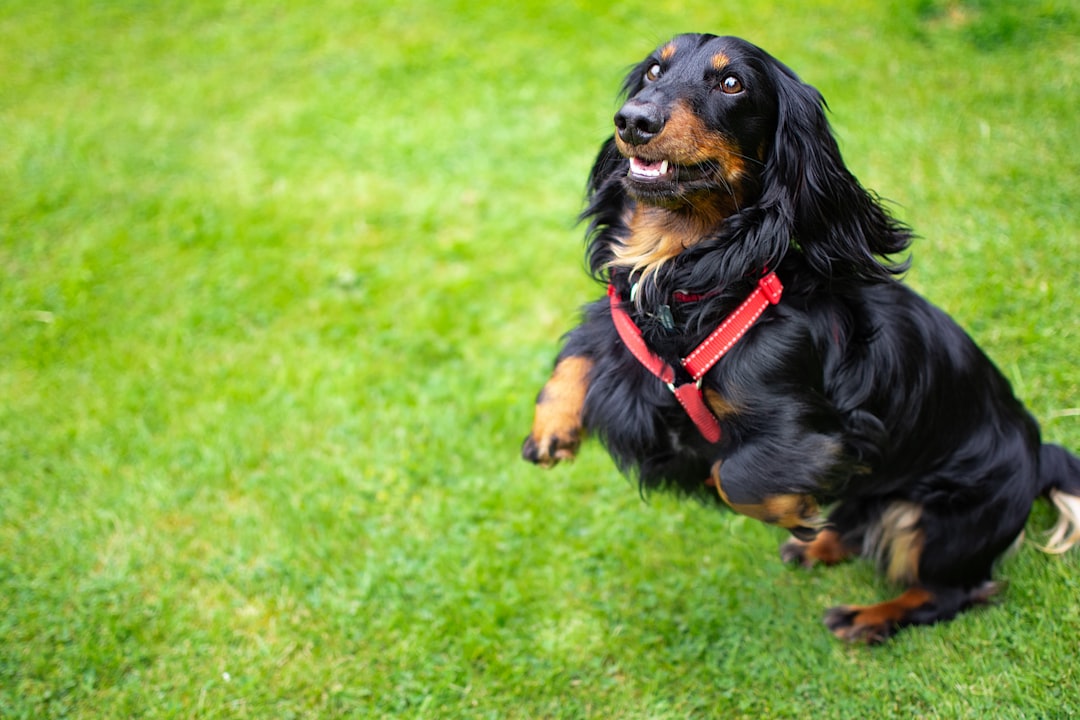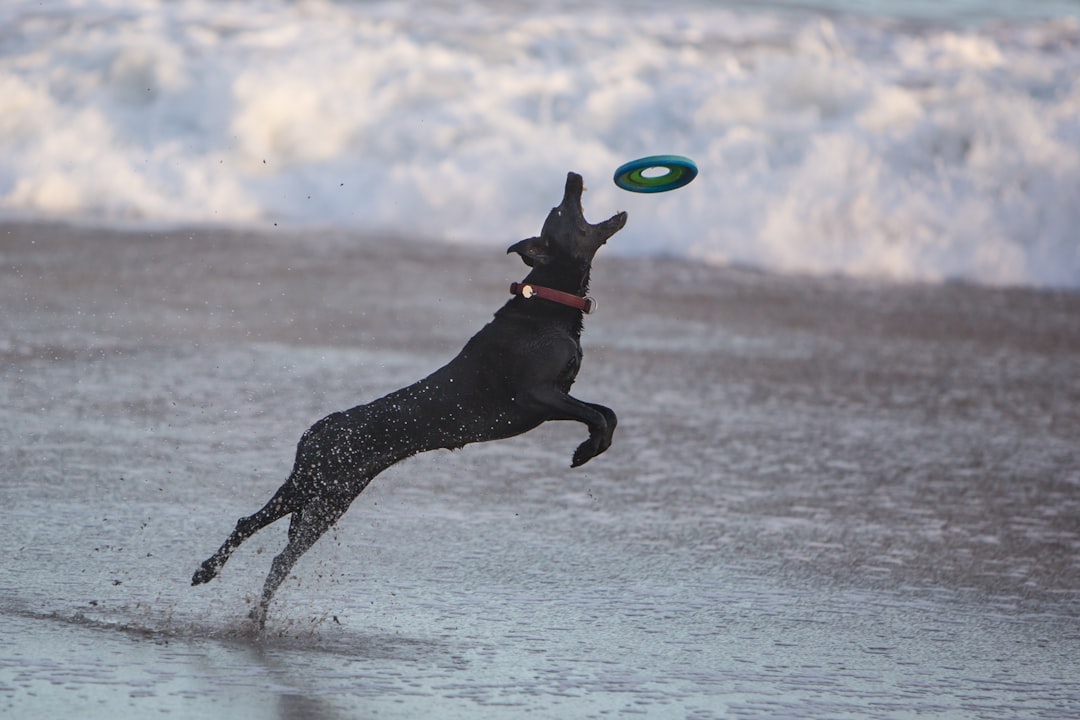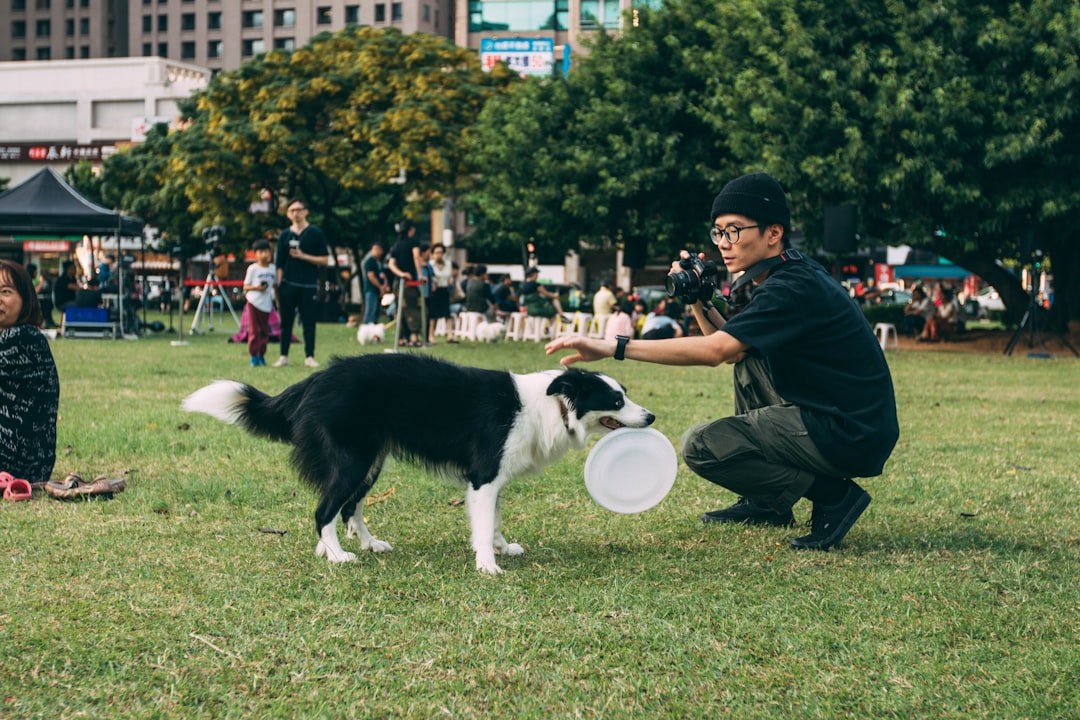Understanding and addressing dog jumping behavior: reasons behind dog jumping behavior, training techniques to prevent jumping, the impact of ignoring jumping behavior, redirecting the dogs energy, and reinforcing desirable behavior.

Understanding Dog Jumping Behavior
Jumping is a common behavior exhibited by dogs, and it serves various purposes in their interactions with people. When dogs jump on individuals as part of their greeting ritual, it is often an indication of their excitement and desire to engage with those they are greeting. For instance, a dog may jump on their owner when they return home, expressing joy and eagerness for attention. This behavior is deeply ingrained in their social nature and should be addressed with understanding and patience.
In addition to expressing excitement, nervous dogs may resort to jumping when encountering unfamiliar individuals as a coping mechanism. This behavior can help them manage their emotions and alleviate stress in new or overwhelming situations. It is crucial for dog owners to recognize the underlying reasons for jumping, especially in cases where it may be linked to anxiety or insecurity, and address these root causes with appropriate training and support.
Moreover, jumping can also be a way for a dog to assert control over their environment and influence the behavior of those around them. For example, a dog may jump on a person to seek attention or initiate play, using this action as a means of communication. Understanding the motivations behind a dog’s jumping behavior is essential in effectively addressing and modifying this conduct through positive training techniques and reinforcement of desirable behaviors.
 Training Techniques to Address Jumping
Training Techniques to Address Jumping
When it comes to addressing jumping behavior in dogs, it’s essential to understand the training techniques that can effectively prevent and manage this common behavior. One approach is to teach the dog a behavior that is incompatible with jumping. For example, you can train your dog to ‘stand’ or fetch a toy when guests arrive, providing them with an alternative action to engage in when they feel excited. By consistently practicing these behaviors, the dog can learn to replace jumping with more appropriate actions, transforming their greeting ritual.
Moreover, introducing and reinforcing new behaviors without a person present initially can be highly effective. This process allows the dog to learn and practice the desired behaviors in a calm environment, free from external distractions. Once the dog has mastered these behaviors, they can be gradually introduced in the presence of visitors. Additionally, utilizing management techniques, such as putting the dog behind a baby gate when guests arrive, can prevent the reinforcement of unwanted behavior and provide a safe space for the dog to acclimate to the arrival of visitors.
Consistent training is a cornerstone of addressing jumping behavior. By reinforcing calm behavior and teaching basic commands like “sit” and “stay,” dog owners can establish a foundation of obedience and self-control. Through consistent training, dogs can learn to respond to commands even in the midst of excitement, effectively managing their impulses and behavior. These training techniques not only address jumping behavior but also contribute to the overall well-being and obedience of the dog.
Ignoring Jumping Behavior
Ignoring jumping behavior can have varying impacts, especially for insecure or timid dogs. While it may seem like a viable approach to discourage the behavior, ignoring jumping may actually make it worse in such cases. This is because insecure or timid dogs may interpret the lack of attention as a form of rejection, leading to an increase in anxiety and the likelihood of further jumping behavior. For these dogs, it’s crucial to address the root cause of the jumping while implementing training techniques that build confidence and trust.
However, the technique of ignoring the behavior and avoiding eye contact when the dog jumps can still be effective in sending a clear message that jumping does not result in attention, thus reducing its reinforcement. By not engaging with the dog when it jumps, owners can communicate that this behavior does not yield the desired response. This can ultimately lead to a reduction in jumping as the dog learns that their actions do not lead to the attention or interaction they seek. It’s important to note that while this technique can be effective, it should be complemented with positive reinforcement of desirable behaviors to provide the dog with clear guidance on the appropriate way to greet and interact with people.
Redirecting Dog’s Energy
When it comes to redirecting a dog’s energy away from jumping onto people, the scatter technique can be quite effective. For instance, if your dog tends to jump when guests arrive, you can scatter treats on the floor before they enter the house. This will divert the dog’s attention and energy towards the treats, making it less likely for them to jump on the guests out of excitement. This technique not only provides a positive distraction but also reinforces the idea that staying on the ground is more rewarding than jumping.
In addition to the scatter technique, leash training is another valuable method to redirect a dog’s behavior. By using a leash, you have better control over your dog’s movements, especially in situations where they may be inclined to jump, such as when encountering new people or other dogs. With consistent leash training, you can guide your dog’s behavior, redirect their focus, and prevent them from engaging in unwanted jumping behavior, ultimately promoting more controlled and desirable responses.
Reinforcing Desirable Behavior
Reinforcing a new desirable behavior is a crucial aspect of managing jumping behavior in dogs. One effective way to reinforce this behavior is by rewarding the dog when they approach with all paws on the ground, instead of jumping. For instance, when the dog greets a visitor without jumping, they can be rewarded with a treat, verbal praise, or a favorite toy. This positive reinforcement helps to encourage the display of more appropriate greeting habits and reduces the likelihood of jumping in the future.
Furthermore, addressing other attention-getting behaviors in a similar manner can also contribute to reinforcing desirable behavior. For example, if a dog seeks attention by barking excessively, the owner can ignore the barking and then reward the dog when they exhibit calm behavior. By consistently reinforcing these desirable behaviors, the dog learns that they are more likely to receive attention, treats, or playtime when they exhibit the desired behavior, such as keeping all paws on the ground during greetings. This approach not only helps in preventing jumping but also promotes positive interactions and reinforces the bond between the dog and its owner.
 Conclusion
Conclusion
Understanding and addressing dog jumping behavior is crucial for pet owners to establish a harmonious relationship with their furry companions. By recognizing the reasons behind jumping, such as excitement, greeting behavior, and controlling movement, pet owners can implement effective training methods to address this behavior. For example, teaching the dog a behavior incompatible with jumping, such as ‘stand’ or fetching a toy, can provide an alternative outlet for their energy and enthusiasm. This can also include consistent training to reinforce calm behavior and teach basic commands like “sit” and “stay”.
Furthermore, it’s important to recognize that ignoring jumping may exacerbate the behavior, especially for insecure or timid dogs. This highlights the significance of using techniques like the scatter technique, which involves throwing treats or toys on the floor to redirect the dog’s energy away from jumping onto people. Additionally, reinforcing a new desirable behavior by rewarding the dog when they approach with all paws on the ground can help address the root cause of jumping and promote a positive interaction between the dog and its owner.
In conclusion, understanding the motivations behind dog jumping behavior and utilizing positive training techniques are pivotal in fostering a healthy and respectful bond between dogs and their owners. With patience, consistency, and proactive training, pet owners can effectively address and prevent jumping behavior, leading to more fulfilling and enjoyable interactions with their beloved pets.
